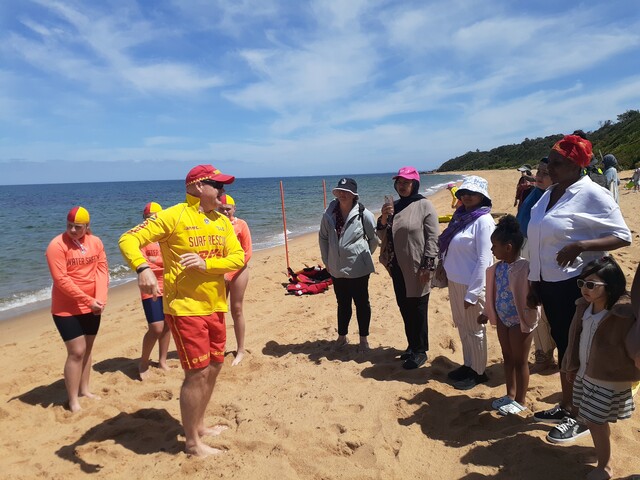 Casey councillors Steve Beardon and Wayne Smith are calling on the State Government to legislate statewide ‘antigraffiti’ laws.
Casey councillors Steve Beardon and Wayne Smith are calling on the State Government to legislate statewide ‘antigraffiti’ laws. By Alison Noonan
CASEY councillors have called for State Government support in their war against graffiti.
Antigraffiti campaigners Steve Beardon and Wayne Smith said the Bracks Government needed to bring in statewide ‘antigraffiti’ laws as part of a tough new bid to abolish what they describe as vandalism across Victoria.
Cr Beardon said the introduction of council’s innovative zero tolerance policy in 2002 had dramatically reduced the amount of graffiti throughout Casey, but claimed more needed to be done to assist neighbouring cities.
Casey was one of the first councils in Australia to create a local law banning business owners from storing or displaying aerosol products in an accessible area and selling aerosol spray paint to persons under 18.
However there is no state law prohibiting the sale of spray paint to youths under 18.
Cr Beardon said council’s program had been well received by Casey residents, but the graffiti vandals had just moved further up or down the railway line.
“We would predict that the incidences of graffiti vandalism in Cardinia Shire or City of Greater Dandenong are higher now as vandals have learnt that Casey is a graffitifree zone,” he said.
Cr Beardon, who established the community group RAGE (Residents Against Graffiti Everywhere), said a statewide government backed antigraffiti program was needed to deter vandals who used graffiti tags to gain exposure and recognition.
He encouraged Victoria to follow the lead of the New South Wales Government and make graffiti a crime.
“The rest of Victoria should take a leaf out of Casey’s book. No suburb should have to tolerate graffiti,” he said.
Cr Smith said council’s threepronged approach to graffiti management, including a tollfree 24hour hotline and graffiti awareness program, had saved the community thousands of dollars.
He said council now spent $80,000 a year on graffiti removal a far cry from the $140,000 it forked out before the program was established.
“We spent $318,000 in the first year of the program and now we have cut that cost by more than half,” he said.
“This is not just for council buildings, but all residential, retail, commercial and industrial premises.
“Although there is an initial outlay, Casey has proved this program works and it needs to be enforced statewide.”






